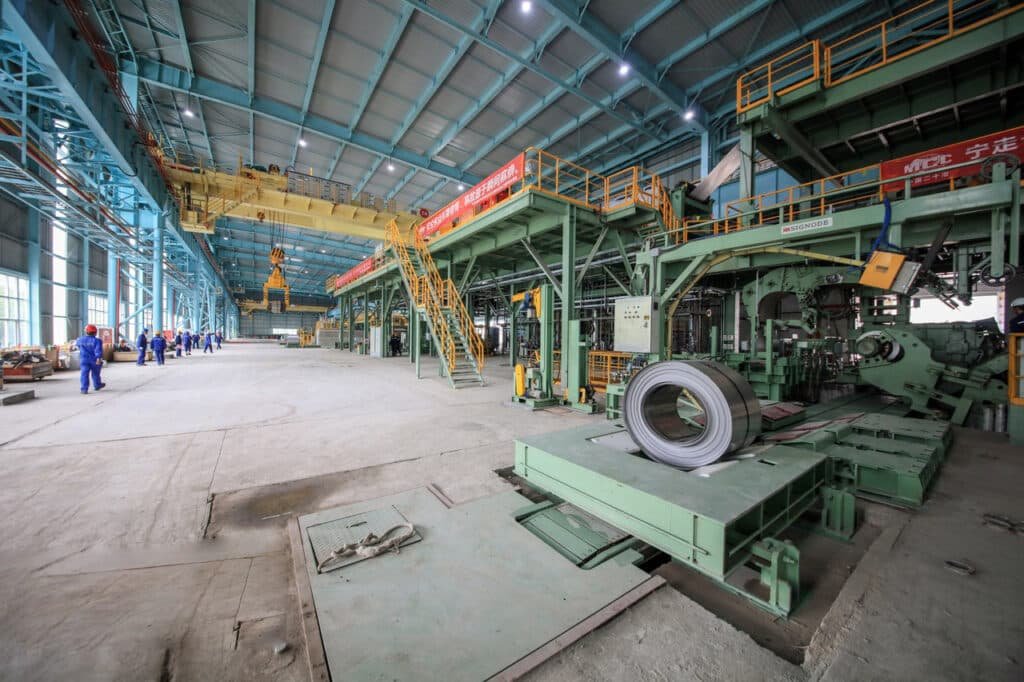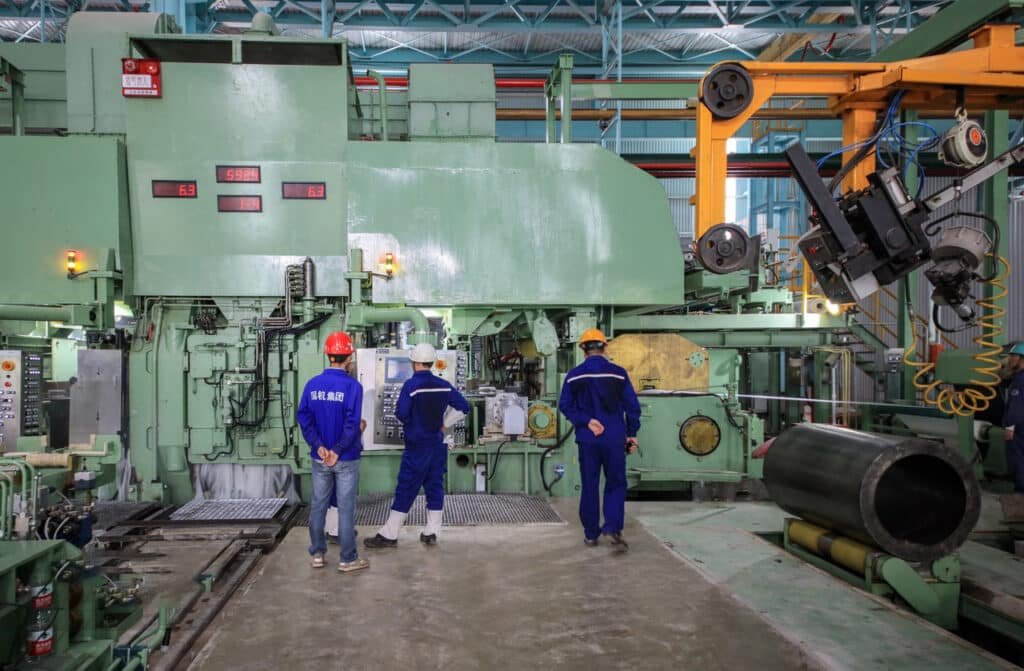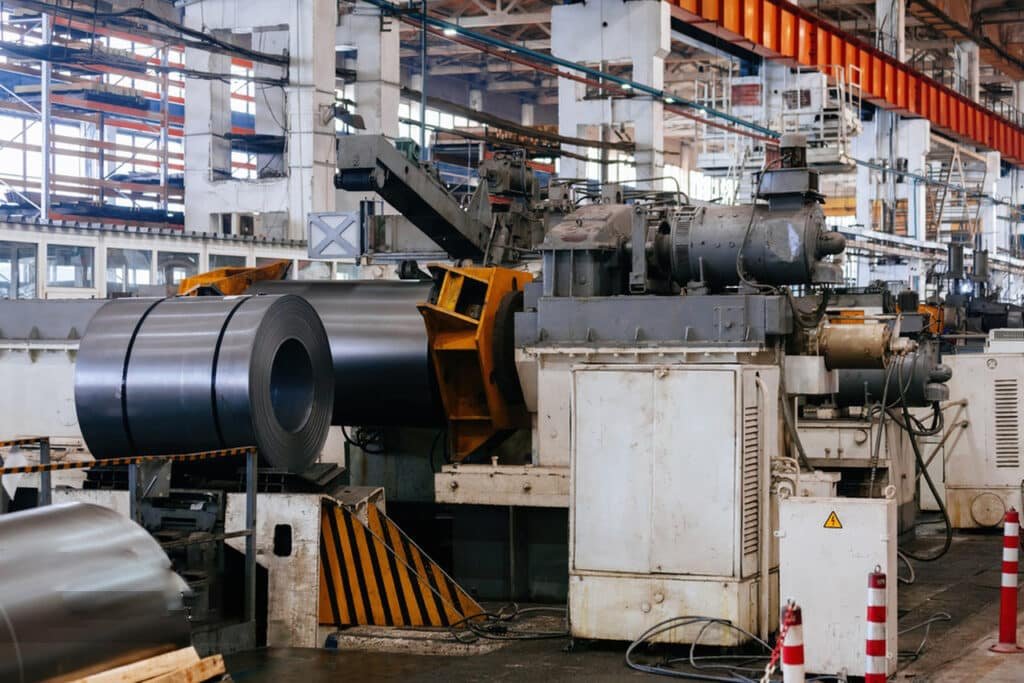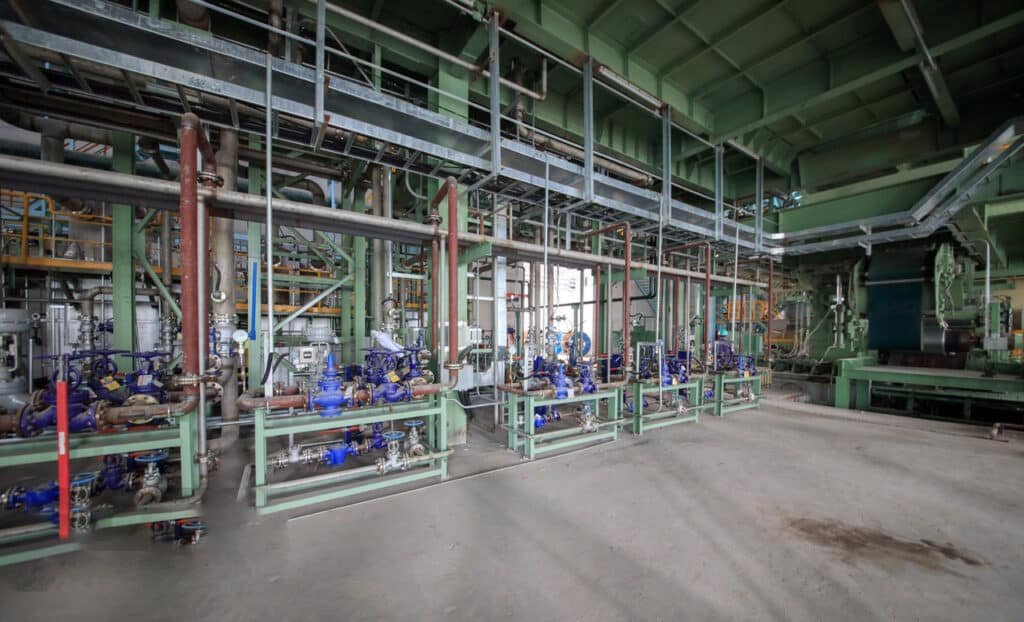What Is the Annealing Process for Stainless Steel Sheets?

In my years managing heat treatment operations, I’ve seen how proper annealing can transform stainless steel properties, while poor processes can lead to costly material failures. The annealing process for stainless steel sheets involves controlled heating to specific temperatures, holding time optimization, and carefully regulated cooling to achieve desired mechanical properties and microstructure. Through my […]
How Is Hot-Rolled Stainless Steel Coil Produced?

Molten metal pouring In my years of manufacturing experience, I’ve seen how hot rolling transforms raw stainless steel into versatile coils, though many manufacturers struggle with achieving consistent quality in this critical process. Hot rolling of stainless steel coils involves heating the material to temperatures above 1200°C1 and passing it through a series of rollers […]
What Are the Most Commonly Used Grades of Stainless Steel?

As a stainless steel manufacturer, I’ve noticed buyers often struggle with grade selection, leading to costly mistakes in material choices that impact project success and longevity. The most commonly used grades of stainless steel are 304, 316, 430, and 22051, with 304 and 316 dominating about 70% of global stainless steel applications due to their […]
How Are Welded Stainless Steel Pipes Produced?

After 15 years in stainless steel pipe manufacturing, I’ve seen how critical proper welding techniques are. Poor welding processes can lead to catastrophic pipe failures, but the right methods ensure long-lasting performance. Just last year, we helped a major chemical plant reduce their welded pipe failures by 85% through improved production methods. Welded stainless steel […]
How Are Stainless Steel Plates Cut from Coils?

Through my experience at MFY Steel, I’ve seen how improper cutting techniques can lead to material waste and quality issues. The right approach can significantly improve efficiency and product quality. Cutting stainless steel plates from coils involves various methods including slitting, cut-to-length lines, and precision shearing1, each chosen based on specific requirements for thickness, width, […]
